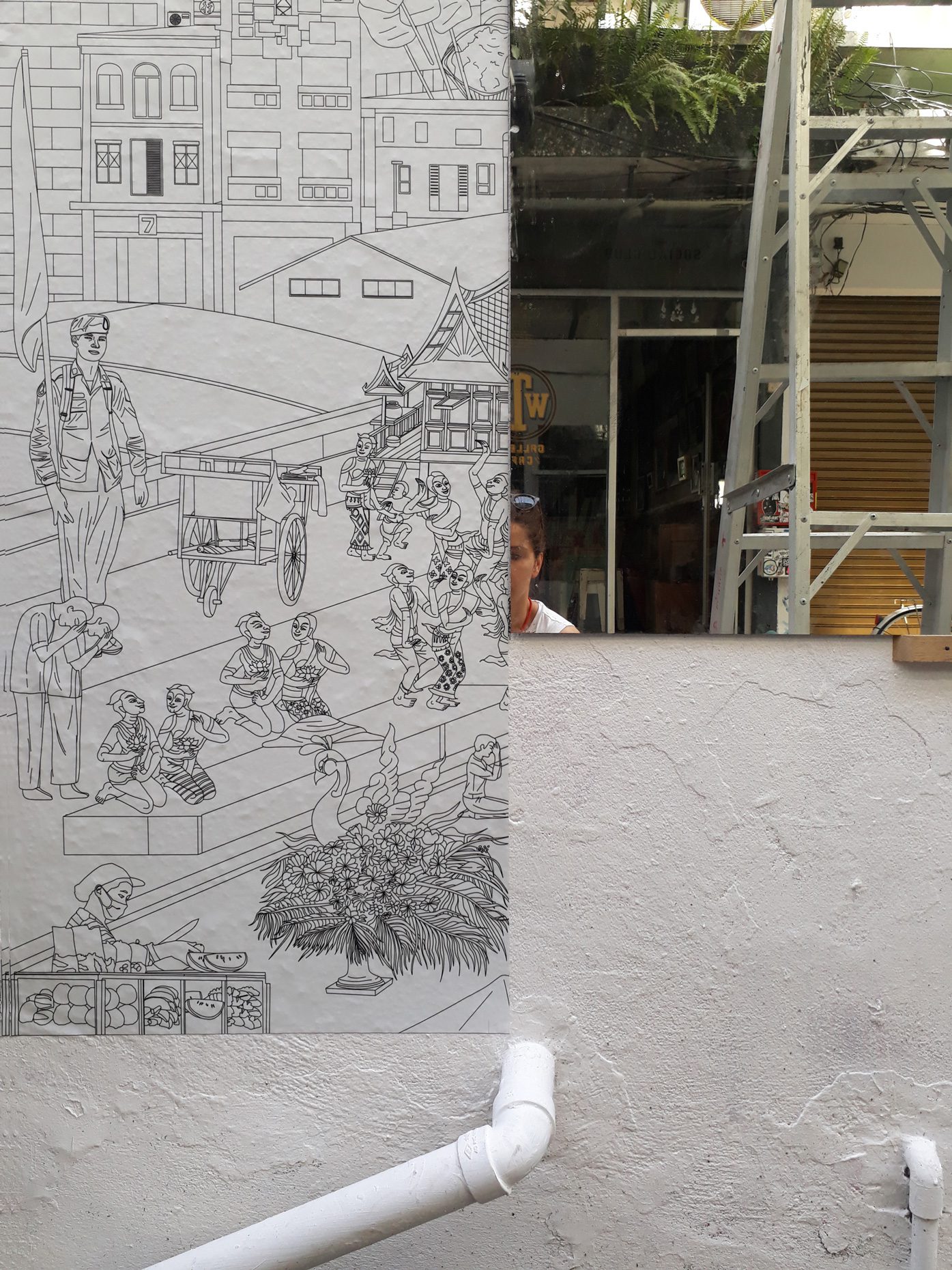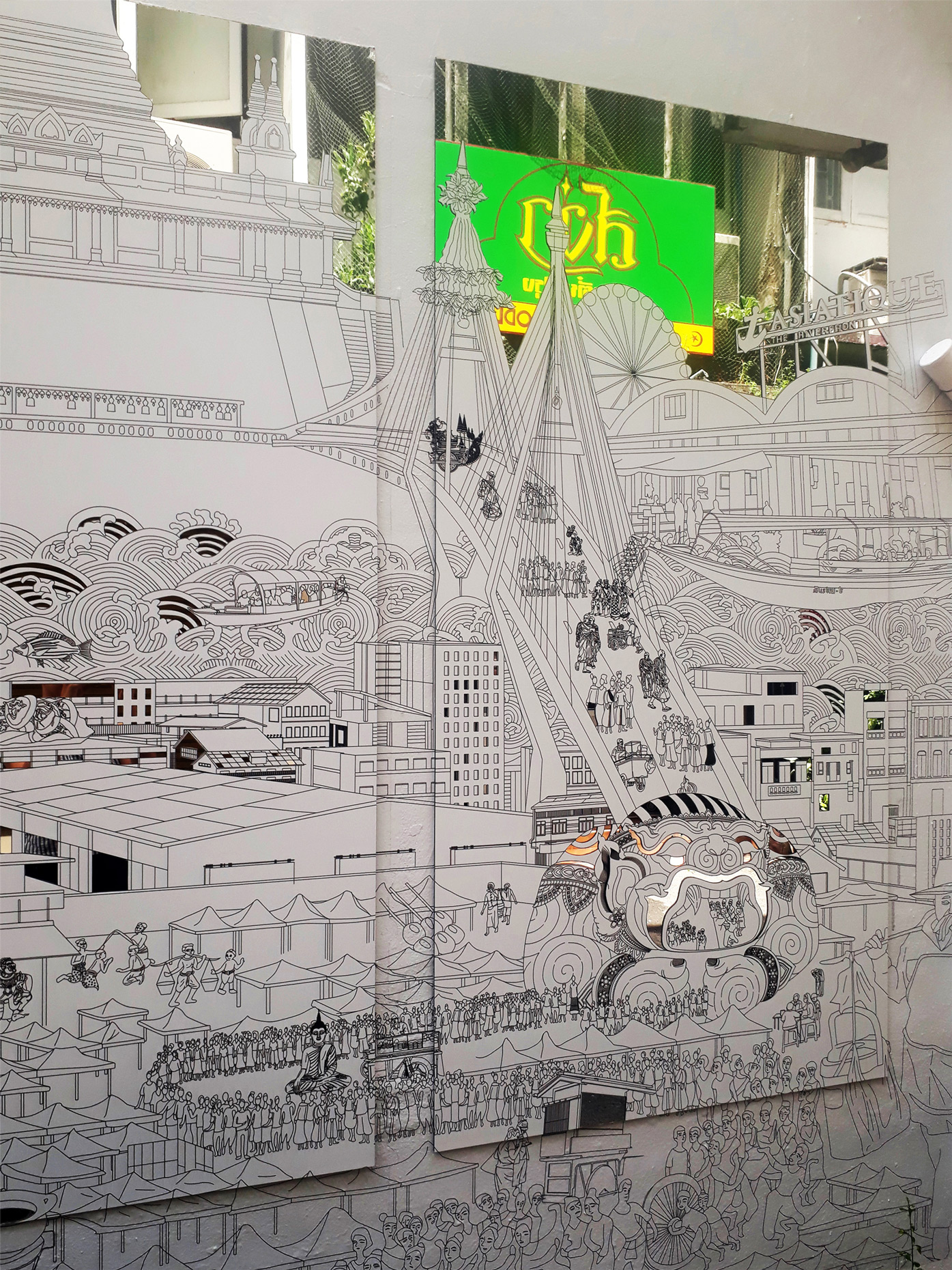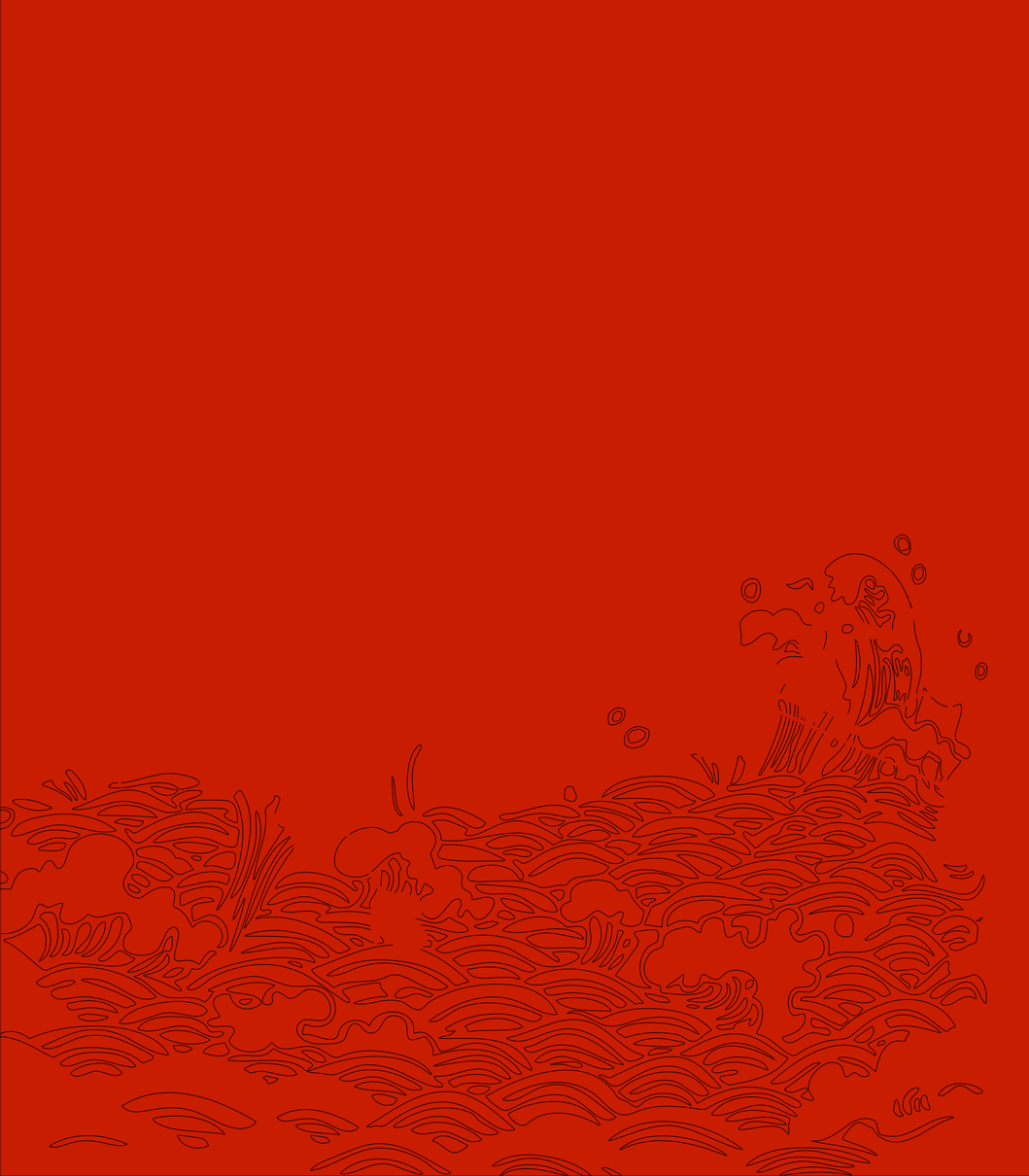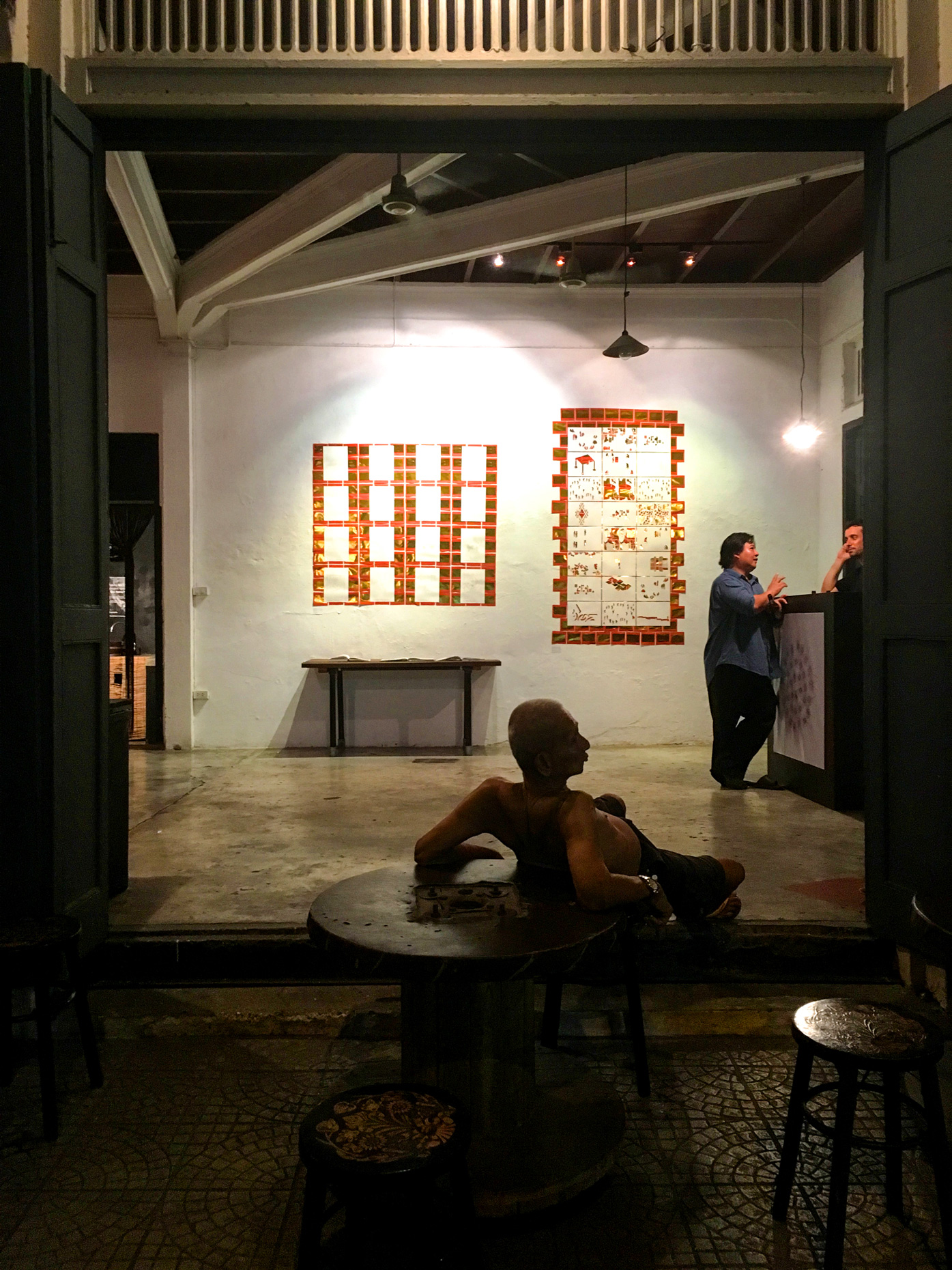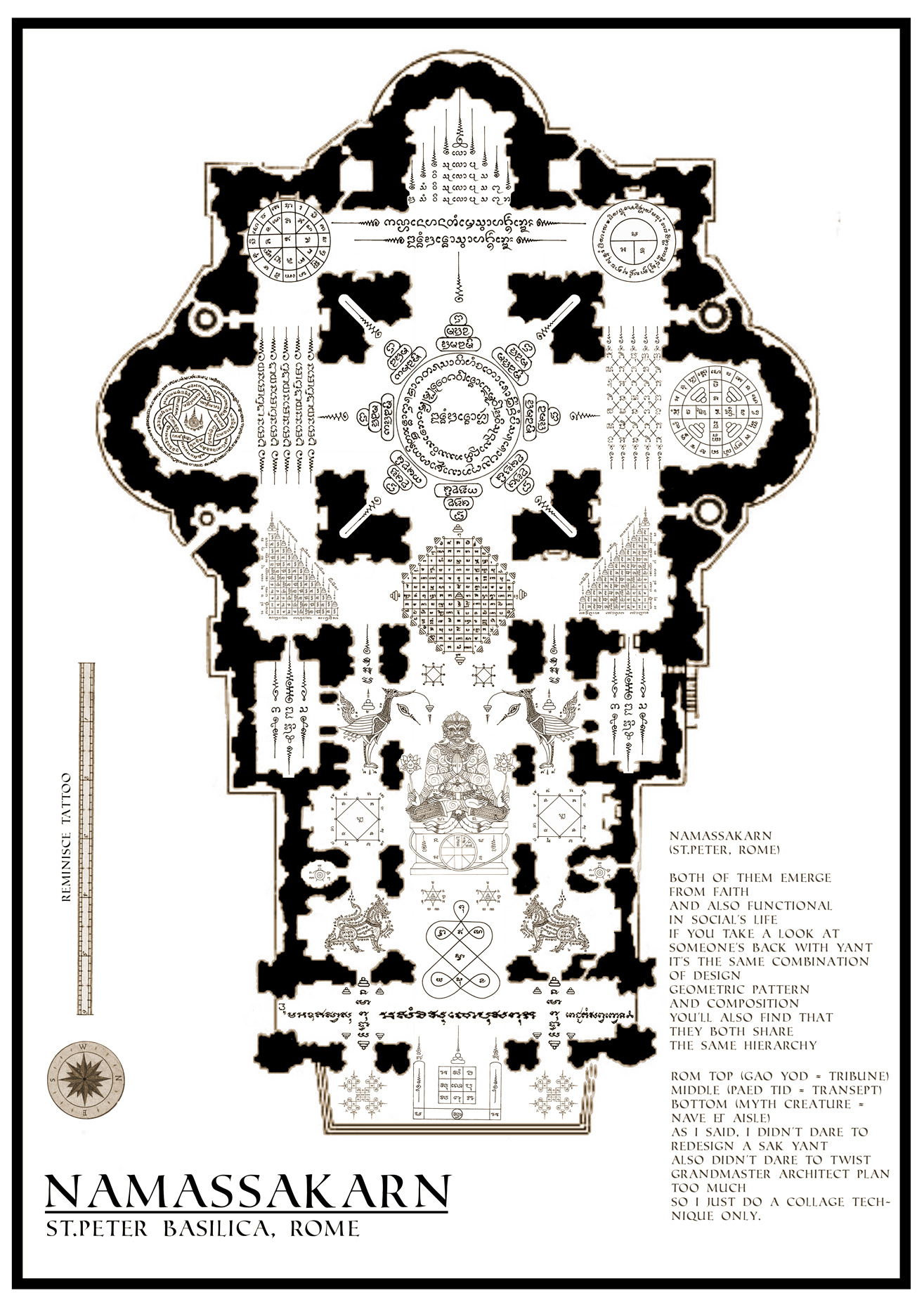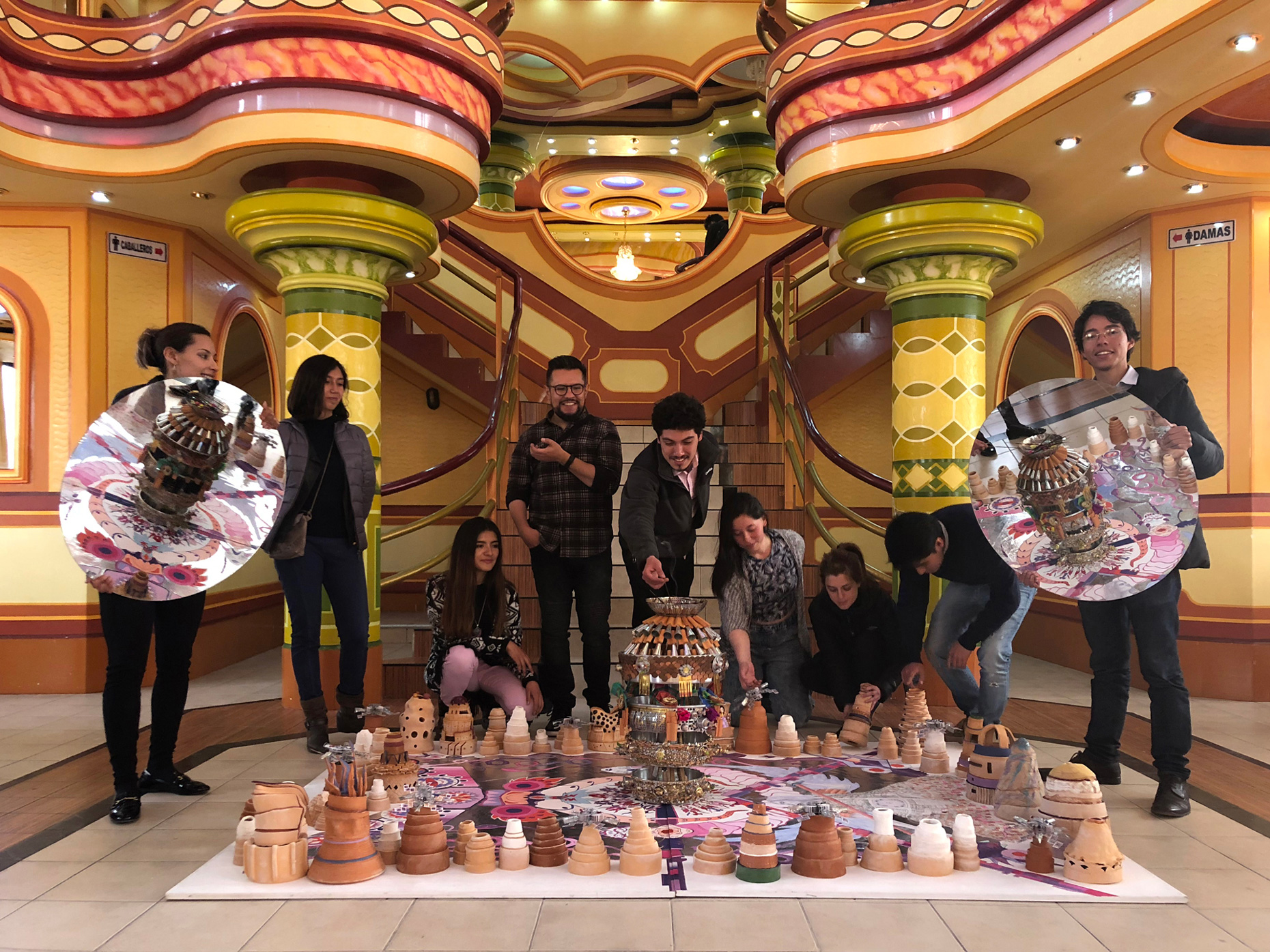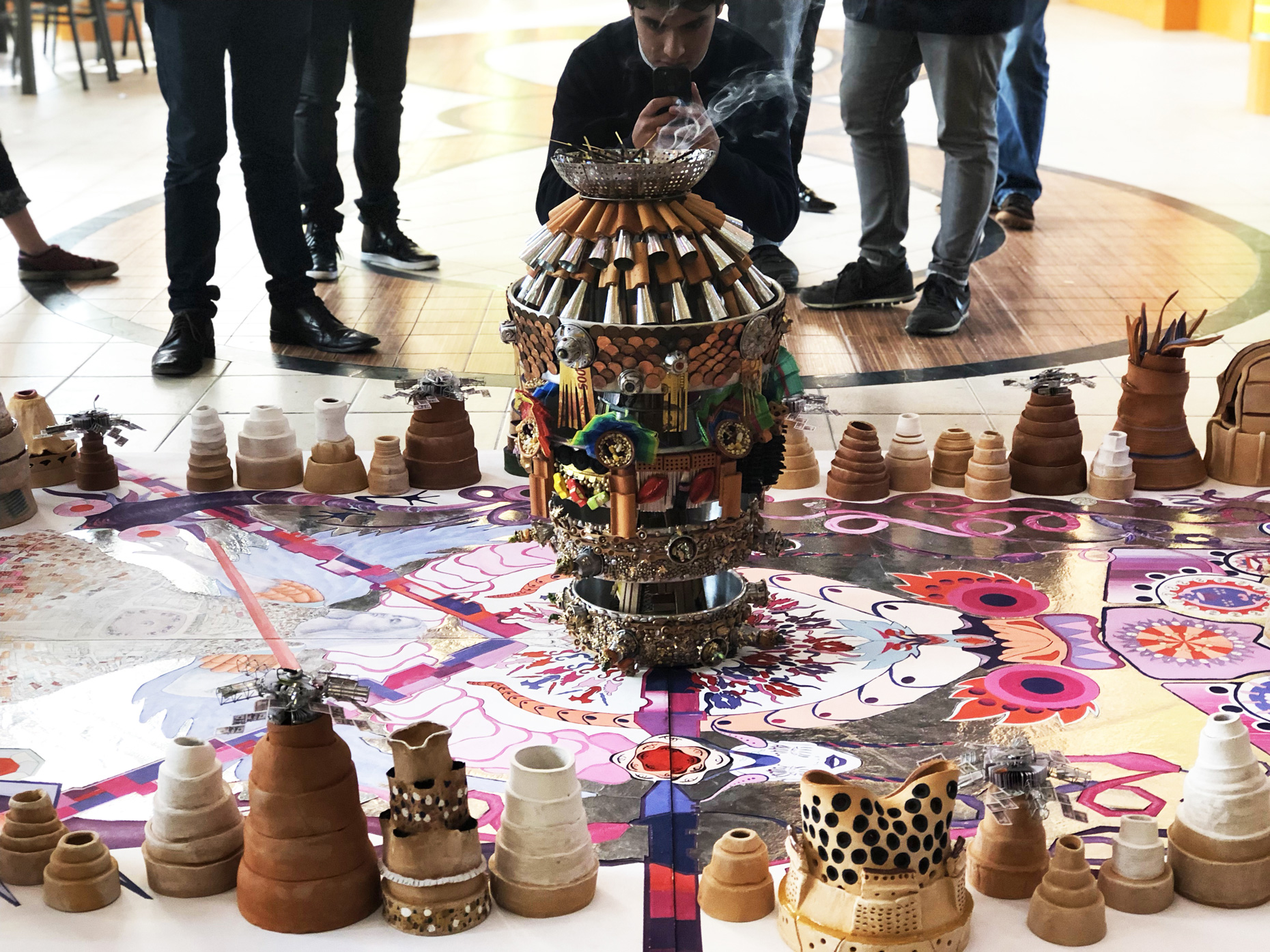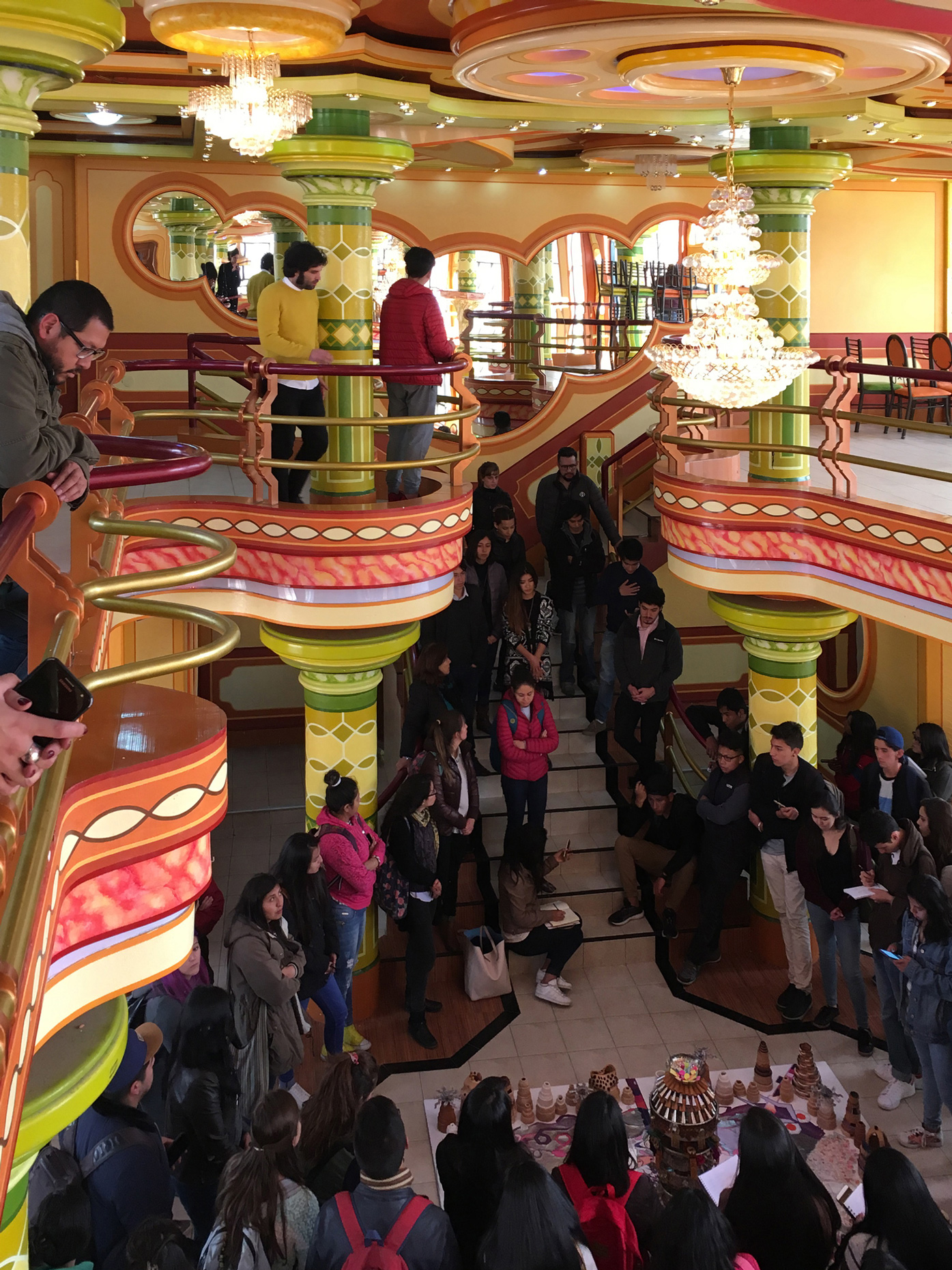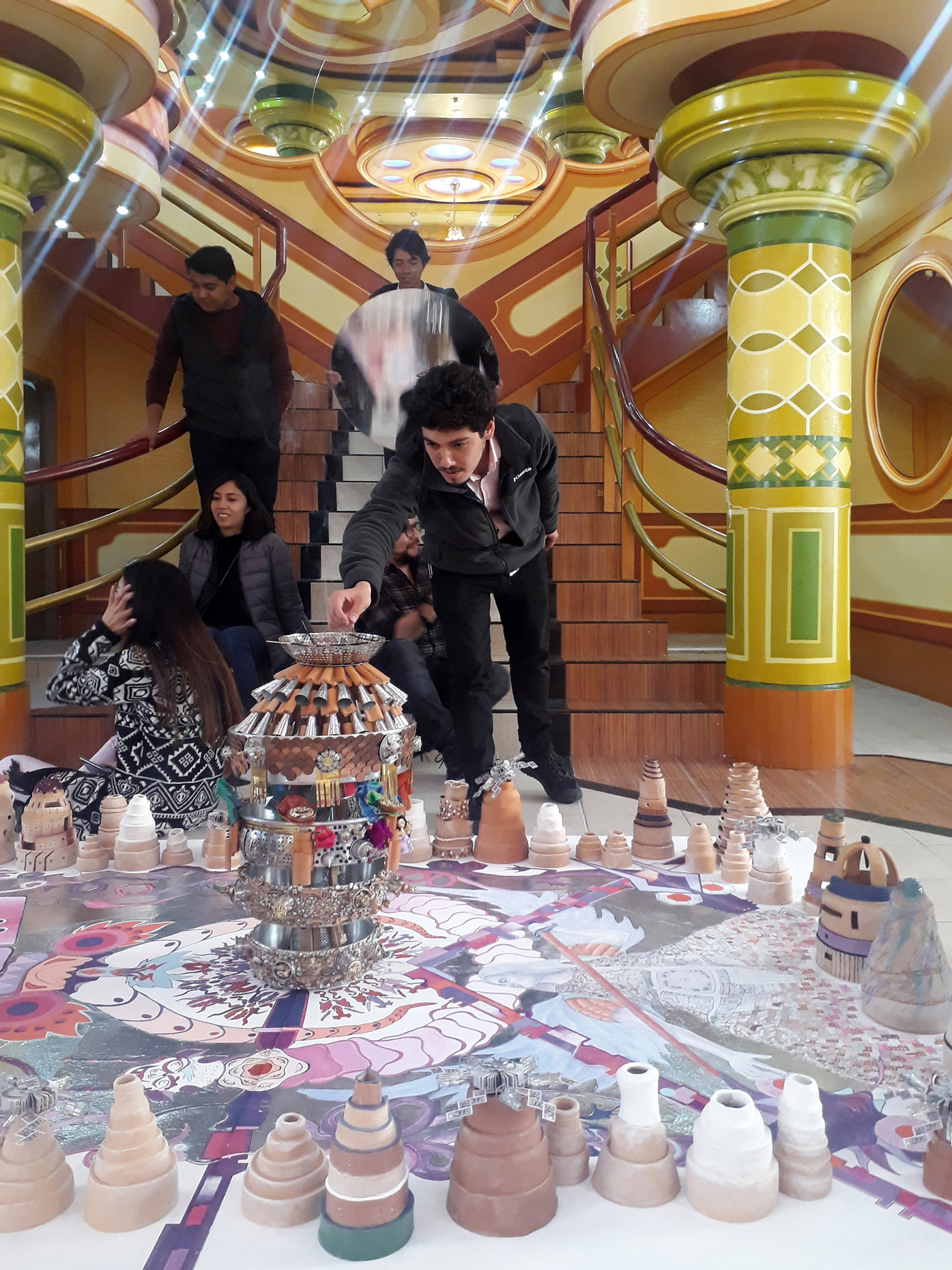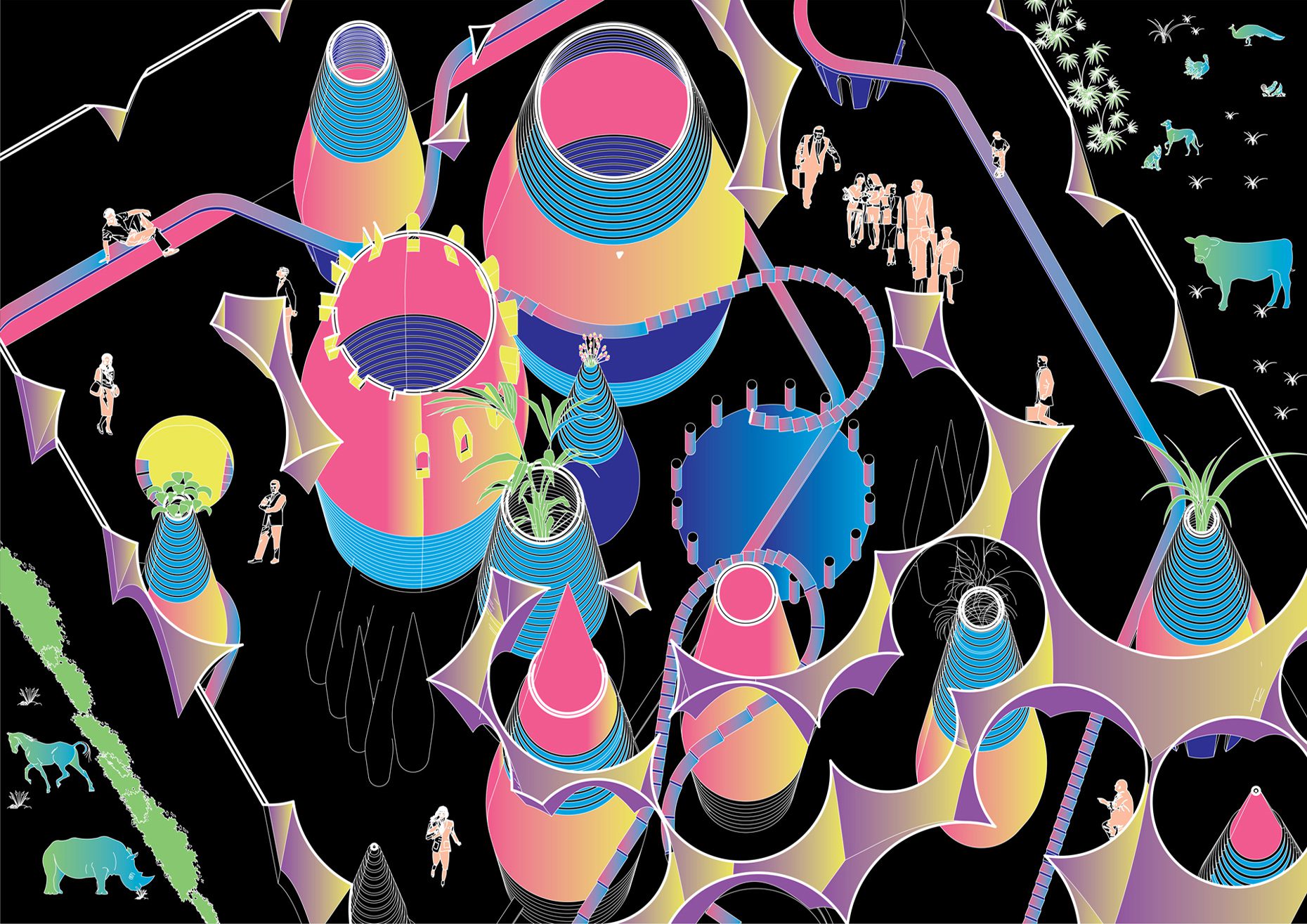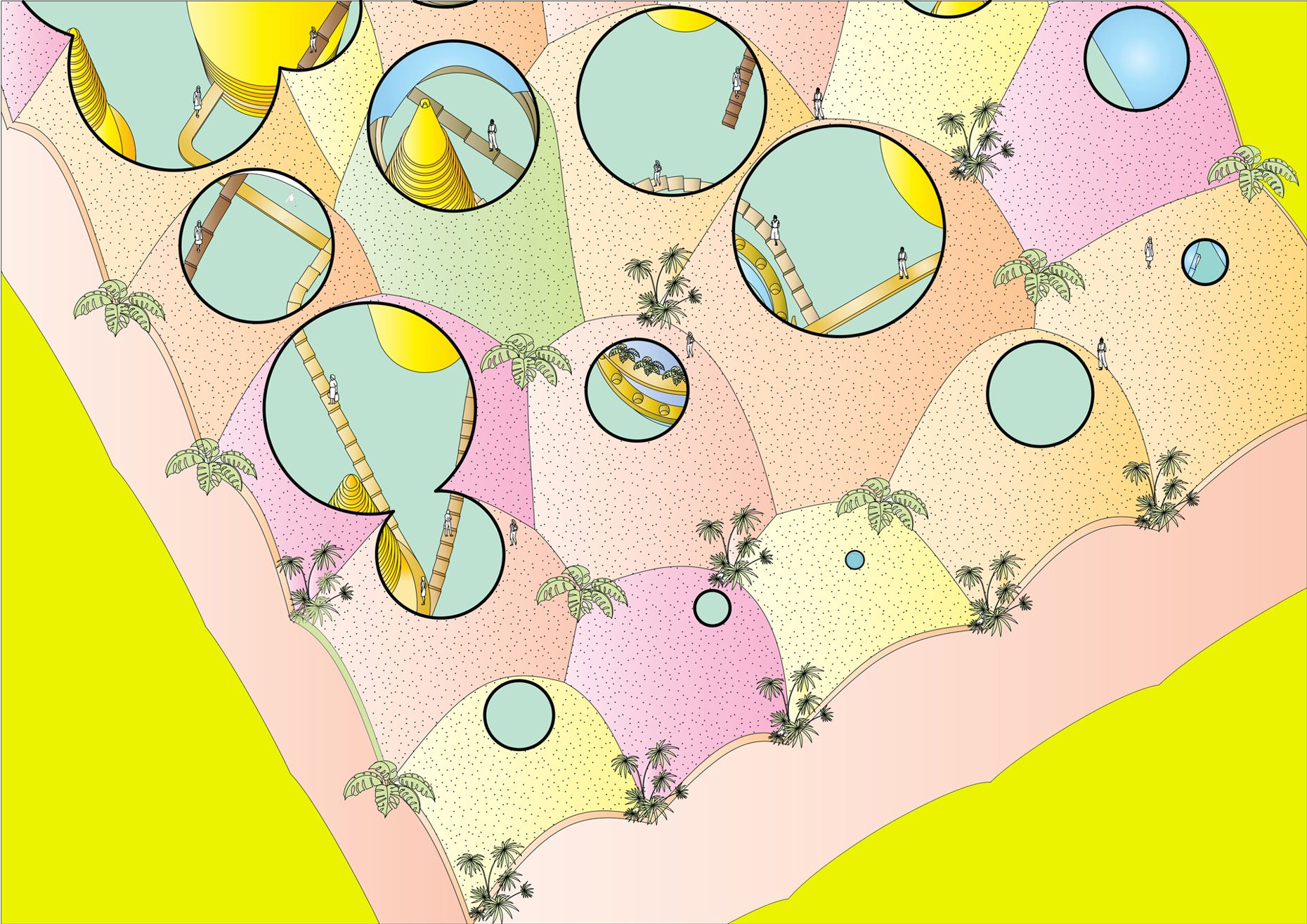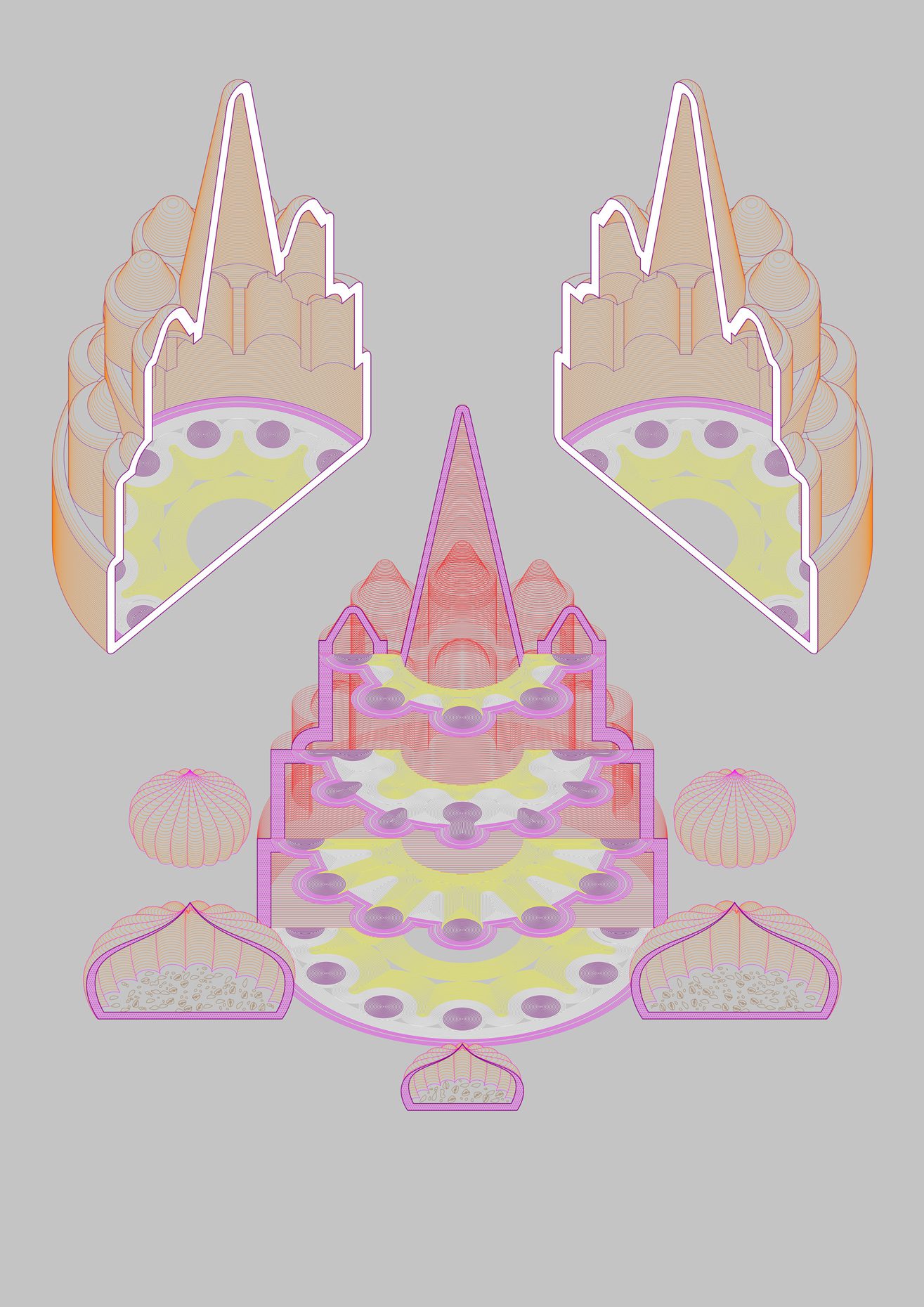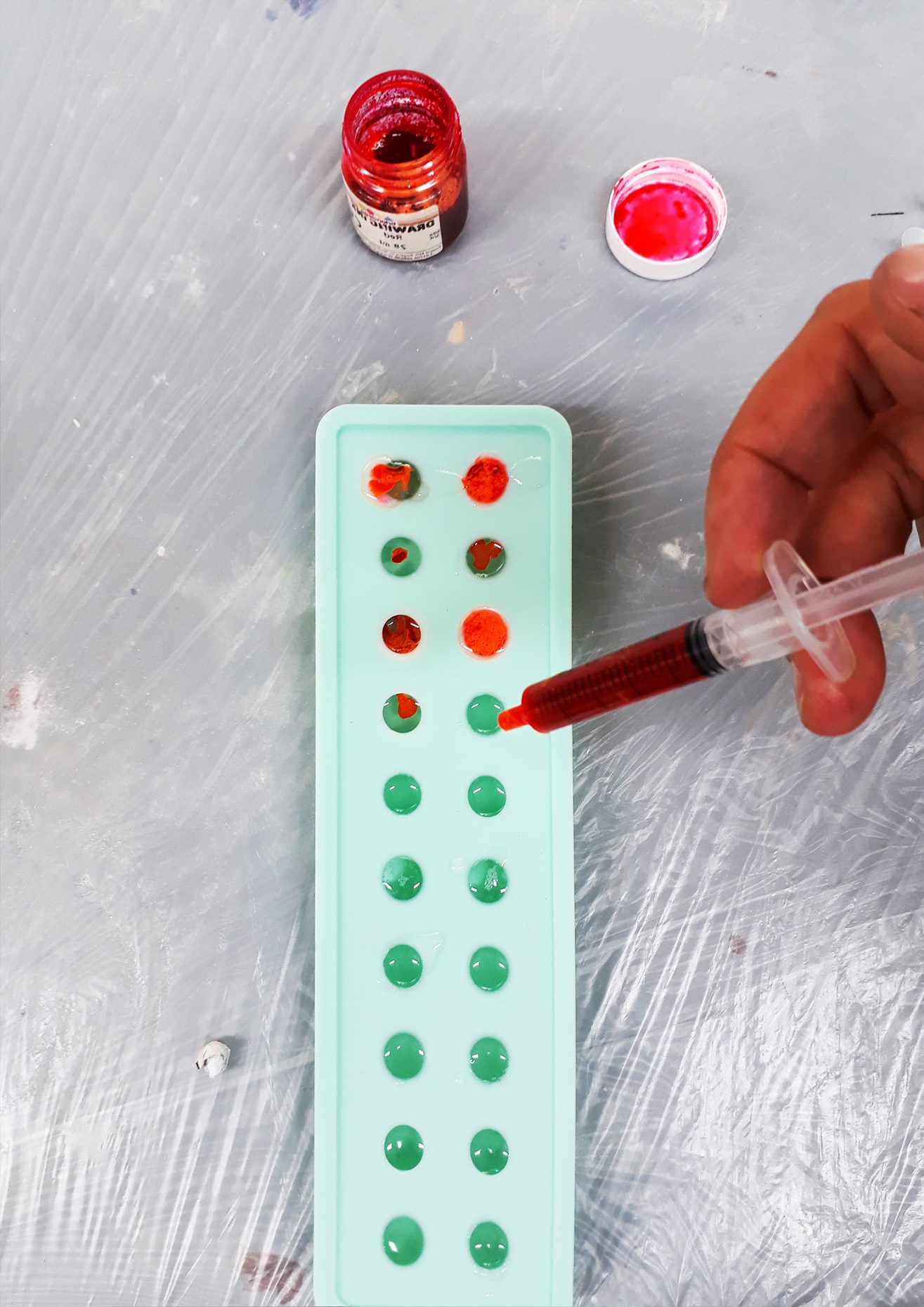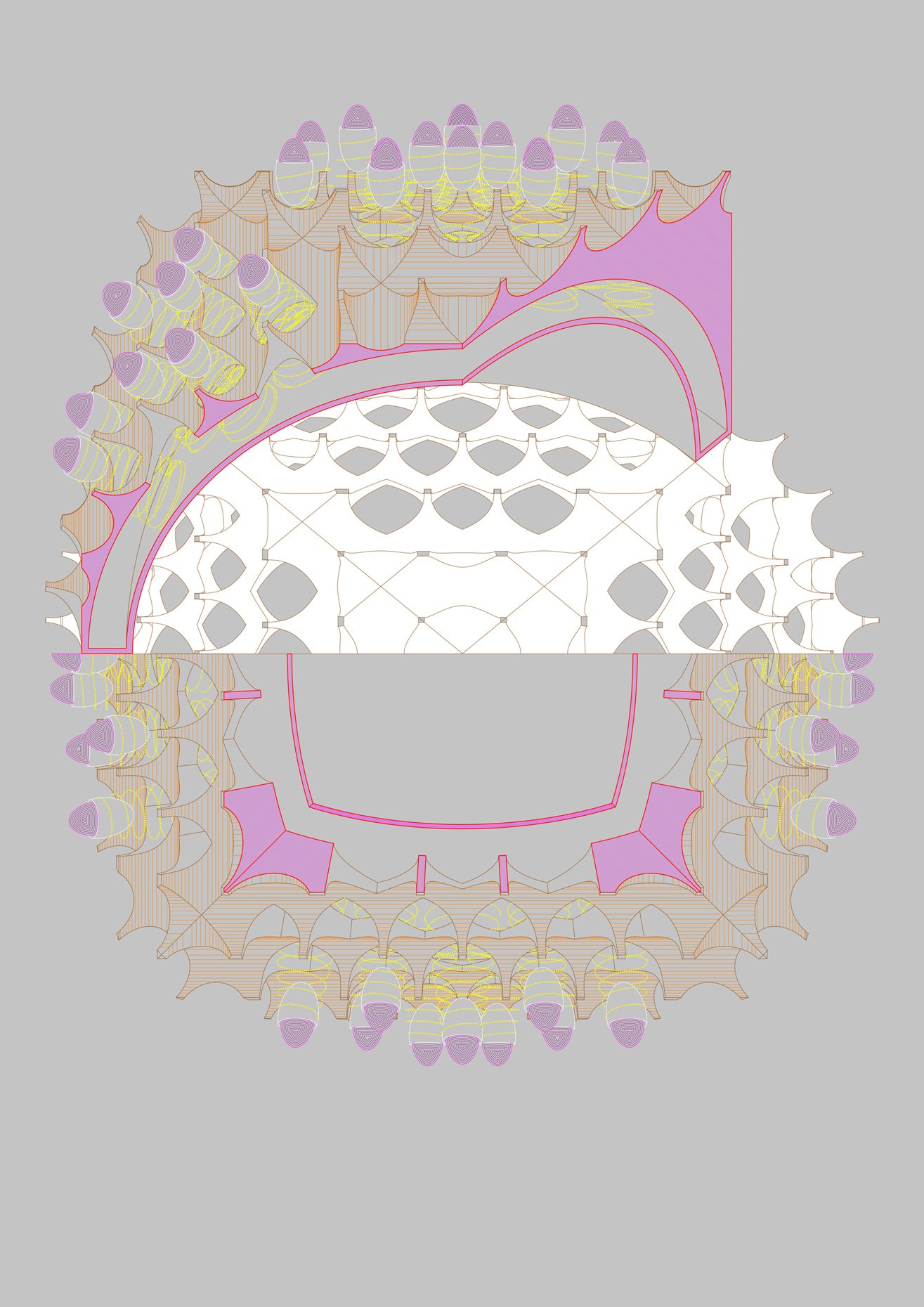DESIGNING INFORMALITY
Read more
DESIGNING INFORMALITY
INDA workshop and exhibition
@H Gallery
Bangkok,
2020
Bangkok streets are lined with ubiquitous stalls, makeshift kitchens and a large variety of temporary structures selling different food, clothes, and electronic gadgets. This urban condition represents the continuation of a long-standing tradition of informal trade within the community. In such a context, we see informality as an effective response to pre-conceived societal structures, as an instrument to re-organise political and formal imposed conditions. It is rooted in people’s daily life, producing its own social, economic and cultural sphere, manifested through symbolically charged objects and mundane rituals.
The purpose of the workshop was to identify the appropriate design categories to grasp informality into an architectural device. This happened through a speculation built on the pamphlet “Street Food Funeral”, that led to the construction of an inhabitable chariot for a fictional gastronomic requiem: treated as typological device, the chariot became an hybrid synthesis between a market stall and a religious baldaquin.
Researching what the markets already offer, sell and display - we attempted to find a precise logic to curate a variable organization of goods, without misrepresenting the informality and spontaneity of the outcome.
We asked the students to determine the chariot’s architectural conditions, producing a spatial scaffolding to challenge the relationship between the different actors meant to inhabit it: sellers, monks, musicians, guests and pedestrians. Testing a series of imaginary rituals, the ground floor of the H gallery was transformed into a stage-set for happenings and informal gatherings. We thus highlighted the mutual influence between people’s behaviours and designed elements.
The students were encouraged to relentlessly assemble and disassemble a collective product, developing design and construction skills related to the field of movable structures. Particular attention was dedicated to the artisanal crafting of specific ornamental and functional components, to understand the deep connection among aesthetics, mechanisms and spontaneous reactions.
Taught and curated by
Lemonot
with
INDA students
Photos
Prin Tumsatan












